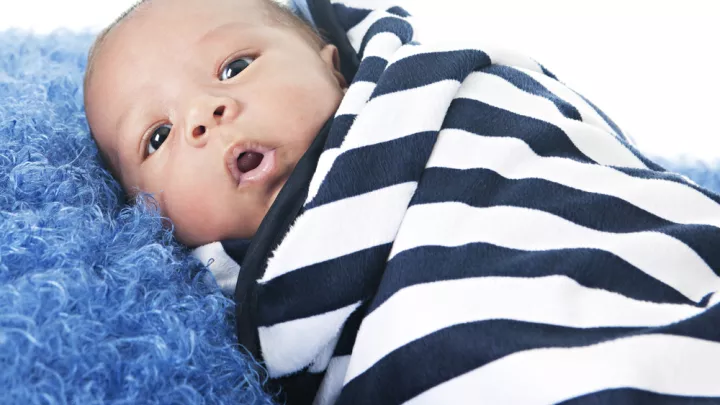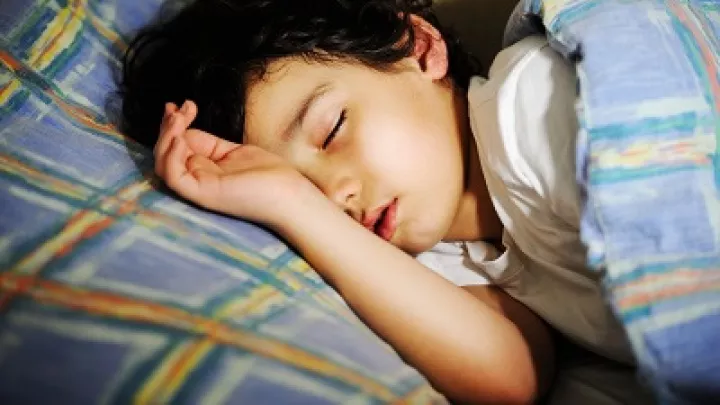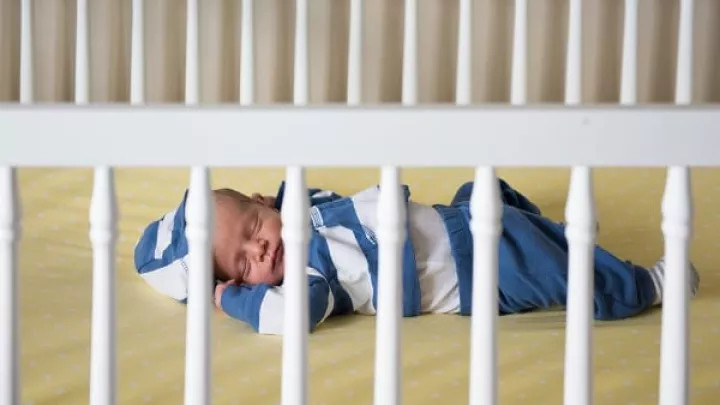5 Important Things We Learned By Studying Sleep in Kids

With an average of 26 years of our lives spent in a drooling, dreaming slumber, it’s no wonder we dedicate almost as much time to understanding those crucial Zzz’s. Because of this interest, research in sleep medicine—especially in pediatric sleep medicine—has made crucial strides over the past few years. Here’s our take on five of the most important advances:
- Back sleeping lowers SIDS rates
- In the early 1990’s, research demonstrated a link between stomach sleeping and an increased risk of sudden infant death syndrome (SIDS). This finding prompted the American Academy of Pediatrics to recommend that all infants under 1 year of age be placed on their backs to sleep, and initiated the Safe to Sleep Campaign in 1994. In the twenty years since these studies, SIDS death rates have dropped by 50%, but unfortunately, SIDS remains the leading cause of death for infants in the U.S.
- Chronic lack of sleep associated with increased sports injuries in adolescent athletes
- While we know that sleep deprivation can impact concentration and cognitive function, a study conducted last year was the first to examine how sleep impacted rates of athletic injury. Researchers found that high school-aged athletes who reported less than 8 hours of sleep per night had a 70% increased risk for injury during physical activity.
- Impact of sleep on symptoms of autism
- Recent studies have shown that children with autism sleep less overall and a have a significantly decreased amount of rapid-eye-movement (REM) sleep. Researchers believe that this can exacerbate the cognitive and behavior symptoms associated with autism, which in turn make it more difficult for a child to get a good night’s rest. By recognizing the importance of quality sleep in children with neurodevelopmental disorders, physicians can better evaluate and treat their patients.
- Real-time 3D MRI shows the exact area of obstruction in kids with sleep apnea
- Unlike traditional two-dimensional imaging, 3D MRI techniques can show the precise changes in airway size and shape during apneic events (lapses in breathing) in children with sleep apnea. This noninvasive procedure, developed in 2014, allows physicians to accurately identify where an obstruction is occurring and where to direct treatment.
- And finally, the National Sleep Foundation’s new sleep time recommendations
- Last month, experts revised their recommended sleep times for children and teenagers—widening the recommended range in every age group except newborns. These changes reflect recent research and encourage individuals to monitor their child’s sleep schedules and pinpoint any abnormalities in sleep duration.
Each of these advances played an important role in how we think about and understand sleep in kids. And as the field of pediatric sleep medicine propels forward, here’s to many more years of studying shut-eye.


